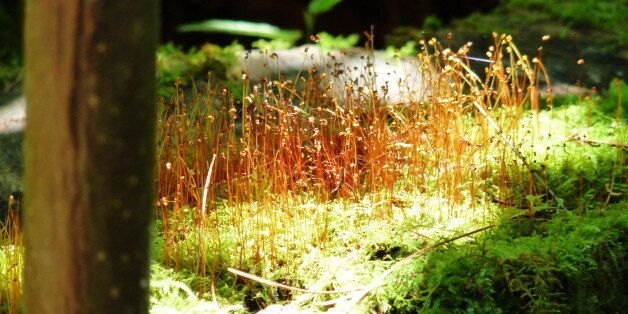
Scientists have brought a living thing back from the dead after 1,500 years spent frozen in life.
Unfortunately, the lifeform returned to life is not Henry VIII or William Shakespeare. It's moss.
But what moss.
The discovery of the reanimated Antarctic plant shows for the first time that plant life has the ability to survive millennial-scale ice ages.
Mosses are important players in the ecosystems of both northern and southern polar regions and are the dominant plants across large areas.
Previously they have been known to survive extreme environments for up to 20 years.
Professor Peter Convey, one of the scientists from the British Antarctic Survey (BAS), said: "What mosses do in the ecosystem is far more important than we would generally realise when we look at a moss on a wall here for instance.
"Understanding what controls their growth and distribution, particularly in a fast-changing part of the world such as the Antarctic Peninsula region, is therefore of much wider significance."
The BAS team, working with colleagues from the University of Reading, sliced moss cores taken from Antarctic permafrost and incubated them under growth-promoting temperature and light conditions.
After only a few weeks, the moss started to grow. Carbon dating showed that the plants were at least 1,530 years old.
The scientists report their findings in the journal Current Biology.
"This experiment shows that multi-cellular organisms, plants in this case, can survive over far longer time scales than previously thought," said Prof Convey. "These mosses, a key part of the ecosystem, could survive century to millennial periods of ice advance, such as the Little Ice Age in Europe.
"If they can survive in this way, then recolonisation following an ice age, once the ice retreats, would be a lot easier than migrating trans-oceanic distances from warmer regions. It also maintains diversity in an area that would otherwise be wiped clean of life by the ice advance.
"Although it would be a big jump from the current finding, this does raise the possibility of complex life forms surviving even longer periods once encased in permafrost or ice."